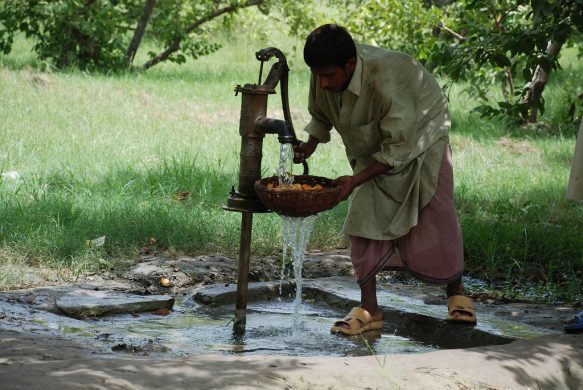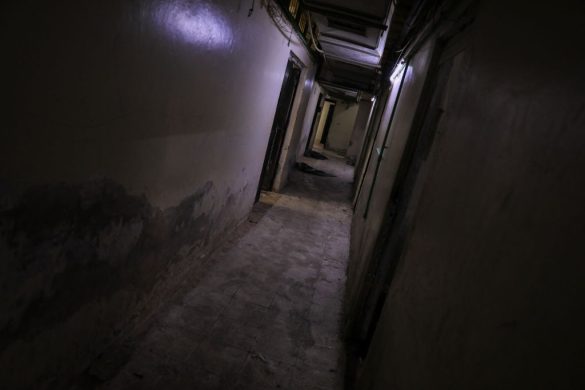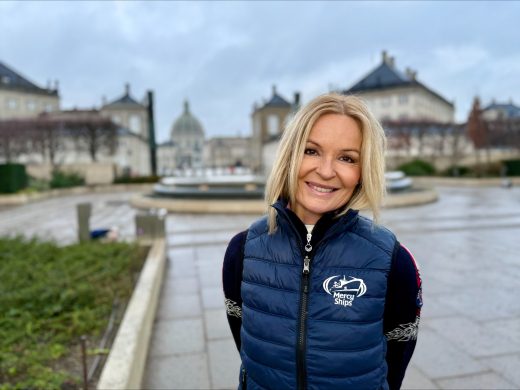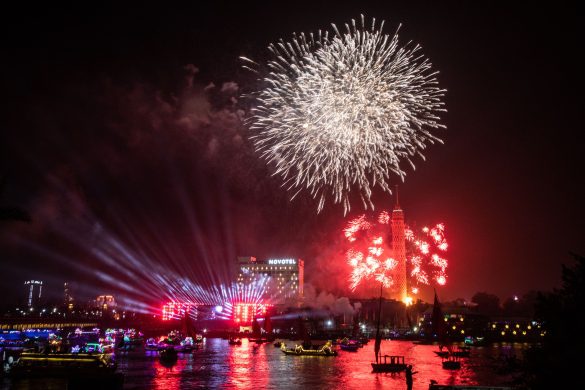Det fremgår af en årlig status lavet af Asian Development Bank, som blev præsenteret på World Water Week i Stockholm tirsdag.
STOCKHOLM, SWEDEN: Water security in Asia and Pacific has progressed overall in the past 5 years, but major challenges remain.
These includes overexploited groundwater, demand from rising populations, and climate variability, according to a new report from the Asian Development Bank (ADB).
The new edition of the Asian Water Development Outlook (AWDO 2016) released today at World Water Week in Stockholm provides a snapshot of the water security status of 48 of the region’s countries, using latest data sets.
According to these, the number of countries assessed as water insecure has dropped to 29, compared to 38 (out of 49 countries) identified in the previous issue of the report in 2013.
“Asia and Pacific remains the world’s most vulnerable region to water insecurity and cannot sustain its recent economic growth without addressing this issue,” said ADB Vice-President for Knowledge Management and Sustainable Development Bambang Susantono, who led the launch in Stockholm.
“Meeting the region’s socioeconomic challenges and achieving Sustainable Development Goal 6 on water will require bridging the gap in provision of water services between rich and poor in urban areas, and between rural and urban areas.”
1,7 billion lack access to basic sanitation
The report cites that in Asia and the Pacific, 1.7 billion people lack access to basic sanitation. Recent estimates suggest that by 2050, 3.4 billion people could be living in water-stressed areas in Asia and the Pacific while water demand will increase by 55%.
AWDO 2016 assesses water security in 5 key dimensions—namely household access, economic viability, urban services, restoring rivers and ecosystems, and resilience to water-related disasters.
Advanced economies such as Australia, Japan and New Zealand consistently lead the way, followed by countries in East Asia—led by the People’s Republic of China (PRC), which has taken the biggest stride to improve water security since the AWDO 2013 edition.
On household access to piped potable water and improved sanitation, the water security score in Asia and the Pacific on a 20-point scale ranges from 4.5 for South Asia to 20.0 for the advanced economies.
All parts of the region improved their performance by about 2 points since 2013, except for the Pacific islands.
Major disparities between rural and urban areas
But although the rural-urban gap has been reduced in some countries (such as Armenia and Thailand), the report says major disparities remain between rural and urban areas and between rich and poor on services and infrastructure for piped water supply and sanitation.
South Asian countries particularly need to make considerable efforts to improve their performance in this dimension.
Economic water security
The second key dimension, economic water security, provides an assessment of the productive use of water to sustain economic growth in food production, industry and energy.
Most of the change since 2013 has been positive with advanced countries again showing the highest scores and Pacific islands lagging. But there remains room for improvement across the region. Countries that merit strengthening current conditions are concentrated in Central Asia.
On No. 3, urban water security, East Asia has shown positive progress while South and Southeast Asia still have some way to go, particularly Myanmar, Pakistan, and the Philippines.
Nearly half of the economies have piped water supply levels higher than 85% but less than 50% of the urban population have access to improved sanitation.
In many areas, the majority of wastewater is discharged to the environment having received little to no treatment. The report says significant investment and leadership is needed to reliably meet the water needs of cities.
Pacific islands scores high on river health
The fourth key dimension describes how well a country is able to manage its river basins and sustain ecosystem services.
This shows a wide range of results, with the Pacific islands scoring highly due to good river health and advanced economies doing well due to strong governance.
Declining river health is most evident in Bangladesh, the lower Yangtze River Basin of the PRC, Nepal, and Mekong Delta in Viet Nam, the report says.
For the fifth key dimension, resilience to water-related disasters, advanced economies show the strongest performance while much of the rest of Asia and the Pacific has been weak.
Between 1995 and 2015, there were some 2,495 water-related disasters striking Asia, killing 332,000 people and affecting a further 3.7 billion.
South Asia showed the lowest resilience score, but several other countries showed strong improvement since 2013. These included Pakistan; the Philippines; and Taipei,China.
A virtuous – or vicious – circle
The report concludes that the relationship between water security and the economy can be a virtuous—or a vicious—circle.
“There is a strong relationship between water management and the economy, and investments in good water management can be considered as a longer term payback for increased growth and poverty reduction,” the publication says.
“Water-related investments can increase economic productivity and growth, while economic growth provides the resources to invest in institutions and capital-intensive water infrastructure.”
Background
AWDO 2016 is produced by ADB in partnership with the Asia Pacific Water Forum and three specialist agencies—Asia Pacific Center for Water Security at Tsinghua University, International Water Management Institute, and International Water Centre.
Key contributions have also been made by the International Institute for Applied Systems Analysis.
ADB, based in Manila, is dedicated to reducing poverty in Asia and the Pacific through inclusive economic growth, environmentally sustainable growth, and regional integration.
Established in 1966, ADB in December 2016 will mark 50 years of development partnership in the region. It is owned by 67 members—48 from the region. In 2015, ADB assistance totaled $27.2 billion, including cofinancing of $10.7 billion.
Find rapporten i nedenstående link.
Læs mere om World Water Week her:
http://www.worldwaterweek.org/















